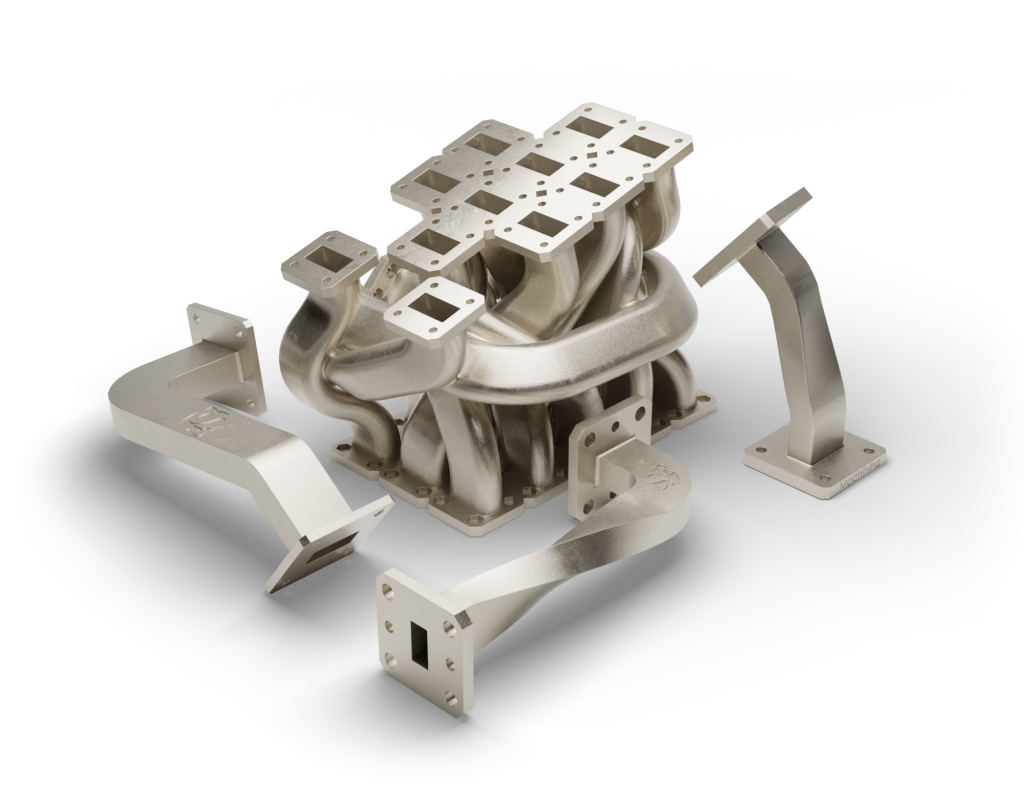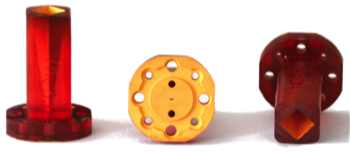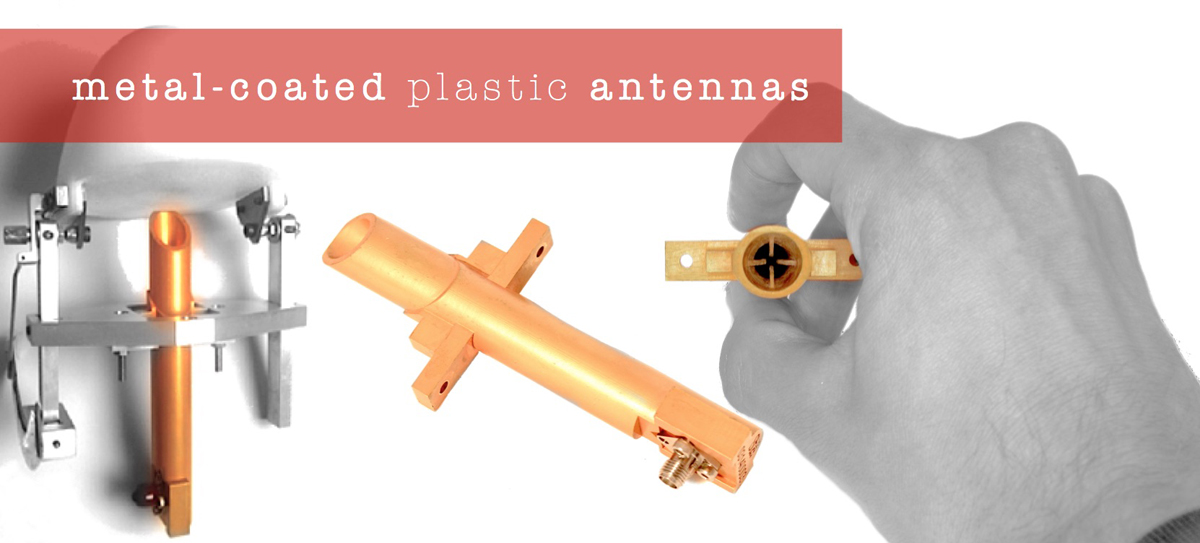Finding new satellite antenna solutions is an area of significant growth in the space/aerospace community with a continual spike in data transfer driven by telephones, surveillance, internet, GPS and televisions that require more and more bandwidth. Higher wave frequencies are being used which are more difficult to control. In order to control these increasingly complex frequencies, specifically shaped, quality antennas are required. SWISSto12, a start-up housed at EPFL’s Innovation Park in Lausanne, Switzerland, has created their own innovative antennas that are much lighter and significantly less expensive than traditional metal antennas in use right now. This has led the European Space Agency (ESA) to sign a big contract with the Swiss start-up for use in their satellites.

SWISSto12 matched the complexity of traditional antennas by 3D printing an one that looks like a few tens of centimeters-high plastic with evenly spaced holes in it, all of which is then coated them in metal using a patented process. The network of narrow channels produced is a testament to the high precision of the additive manufacturing process. It is a brand new approach, says Emile De Rijk, CEO of SWISSto12, “When we talk to customers about our products, it’s almost as if we were talking science fiction at first. But when they see the antennas and the test results, they start to come around.”
The fact that these antennas are so lightweight makes it significantly less expensive to launch on satellites. Because of the cost, it is likely that ESA will move quickly on incorporating these antennas into their satellites. They might even incorporate versions of these antennas onto stratospheric drones, which have the same weight concerns as satellites.

The Swiss start-up, founded four years ago, recently became a member of the Swiss Space Center in order to encourage synergies with the Swiss space community and is now planning a new round of fund-raising.




